What are 21st-century skills, and why should you help your students acquire them? Conducting academic research and writing articles or papers is another way for educators to have quality professional development and close their own learning gaps. Our research focuses on CLIL, Theme-Based Instruction, and 21st-century skills.
My colleague Nevena Marković and I conducted our first big research at the beginning of 2019. We presented our research at the Faculty of Education in Jagodina, Serbia, at an international conference that discussed teacher competencies in the 21st century. This was our first major conference! We realized that educators develop best by networking and using Connections-based Learning.
Published in УЗДАНИЦА; 2019, XVI/2; стр. 235–251, December 2019

Starting from now, I will publish parts of the research on my website in small academic posts.
The 21st century learning framework
New Vision of Education (2015) has developed a framework for 21st-century learning, which describes the foundational literacies, competencies, and character qualities that learners need to thrive in today’s global economy. In addition, the paper deals with learning gaps in 21st-century education and suggests ways to narrow the learning gaps by using technology.
This framework is adapted to fit the 21st-century learning in Serbia, and the presented core values are the necessary areas of improvement in theory and practice in Serbia (Picture 1).
Do your students’ skills fit a 21st century classroom?
Regarding 21st-century skills in learners, there have been two initiatives that indicate that the concerns for developing global skills began in the 20th century. UNESCO and PISA created the initiatives. These initiatives represented the pillars for developing 21st-century skills and competencies while also identifying the skills that would help every child live fully in modern society.
Collaboration
The collaboration represents one of “the four C’s” of 21st-century skills. This skill implies working with others (not just with learners, but also with teachers, experts, parents, etc.) and sharing responsibility in the process. During the collaborative activities, learners are assigned different roles within a group, and they are monitored while immersed in mutual learning.
Moreover, learners are free to approach the given topic from different angles while also developing their communicational and critical thinking skills. Griffin and Care (2014) define collaboration and problem solving as a joint activity where two or more people work together to contribute knowledge, skills, materials, and procedures and move through a series of cognitive states that involve the collection and analysis of information and the formulation of hypotheses that they jointly set out to test.
Critical thinking
According to Bloom’s taxonomy, critical thinking is a crucial skill for a young learner to acquire. By thinking critically, the learner will analyze and interpret information, evaluate ideas, make decisions, and solve problems creatively. The final stage of development of critical thinking skills is a critical reflection, where the learner is asked to reflect upon a piece of information, analyze it, and support a particular standpoint.
Critical thinking skills are not newly invented abilities, but, according to 21st Century Skills for Learners and Teachers (2010), what gives these, perhaps traditional, critical thinking skills a twist in the 21st century is the availability of advanced technologies for accessing, manipulating, creating, analyzing, managing, storing and communicating information.
Creativity
When it comes to creativity in thinking and learning, the learners need to learn how to brainstorm ideas, think “outside the box,” look at an issue from different perspectives, and eventually learn how to solve a problem with a sustainable and a creative solution. To think creatively, the learners need to have a certain amount of knowledge, experience, and proper tools given by their teacher.
Innovative thinking is an excellent asset in the 21st century, and it is deeply correlated with other 21st century skills. However, the lack of development of creativity in learners is often caused by teachers’ misconception that creativity is an innate quality and not something that can be learned.
As Triling and Fadel (2009) argue, creativity can be nurtured by teachers in a learning environment that encourages questioning, openness to new ideas, and learning from past mistakes.
Learner autonomy – one of the most important 21st century skills for your students!
Last but not least, self‑regulation or learner autonomy is a crucial competence that sets the foundation for later development of leadership and entrepreneurship skills. These skills have become highly valued in today’s society, specifically leadership, and their development should start in the early stages of education. Learner autonomy is developed through the post method pedagogy, which presents a new view of the relationship between theory and practice.
Kumaravadivelu (2006) discussed the development of language teaching methods throughout the centuries, stating that the methods developed from the language-centered methods to learner-centered methods, and finally to learning-centered methods that are characterized by a lot of learner initiative.
Post method learners are learning to learn by using different learning strategies. They develop their strategies through communication, research, collaboration, and incorporating learning strategies from more successful learners. These strategies lead the learners to achieve their learner autonomy.
There are two kinds of learner autonomy – the academic and the liberatory autonomy
Kumaravadivelu (2006) states that there are two kinds of learner autonomy – academic and liberatory autonomy. It argues that “If academic autonomy enables learners to be effective learners, liberatory autonomy empowers them to be critical thinkers.”
Post method teacher possesses the ability to teach and act autonomously within the academic restrictions posed by the curriculum and the teaching institution. The post method teachers can break from such constraints and develop their own eclectic methods. Teacher’s methods evolve through continued development and self-reflection.
Developing 21st Century Skills in your Students through Theme-Based Instruction and by Applying Multiple Intelligence Theory: Teacher Competencies. [accessed Aug 02, 2020]
What are 21st-century skills, and why should you help your students acquire them? Do you have a better idea after reading this article? Write via the contact page or in the comments below!

Click here to explore my store where 99% of materials are forever free!
All the materials except lesson plans and 30+ page interactive activity books will be free FOREVER! Why? Because sharing is caring, and 2020 hasn’t been kind to all of us. Please consider donating so I can keep making FREE materials for everyone and keep my website open for all of you.
Don’t forget to leave a review when you download materials! It’s just a minute of your time, and it means a lot to me.
P.S. The store and the freebie library are not the same thing – the freebie library has some extra materials like conference presentations and webinar recordings which are not available in the store ✨
The subscription link for the store is below my bio in every post. ?

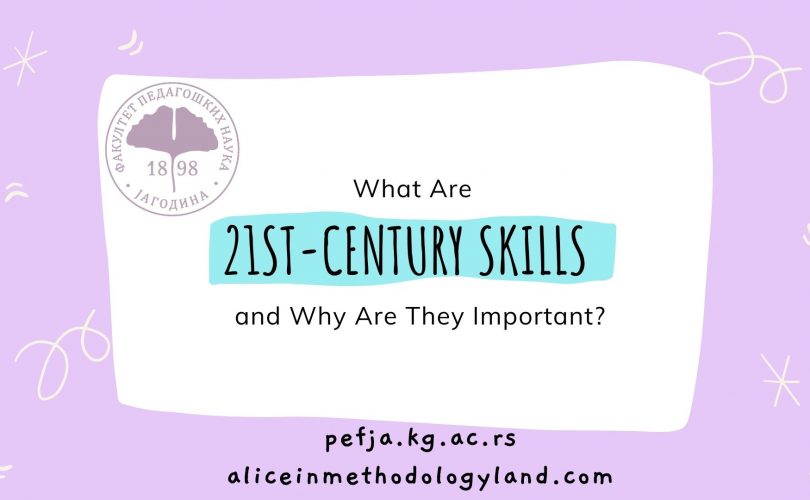

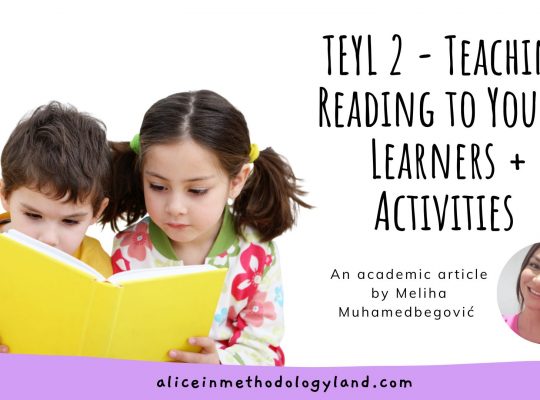
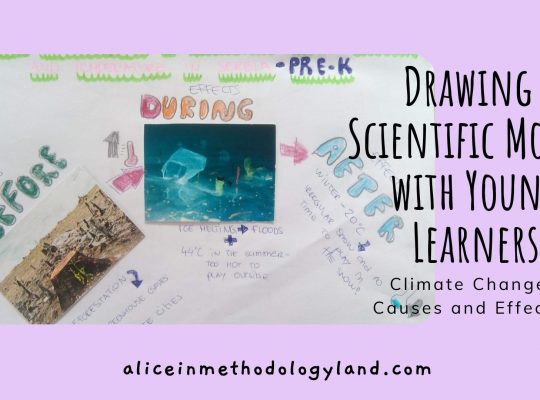
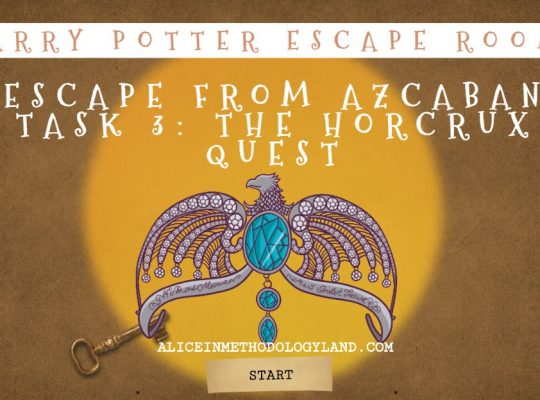

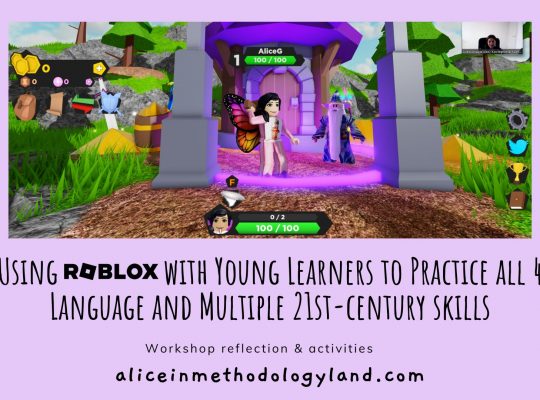
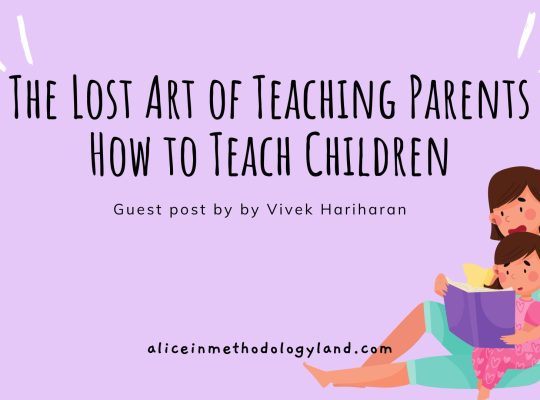
[…] What Are 21st-Century Skills and Why Are They Important? […]